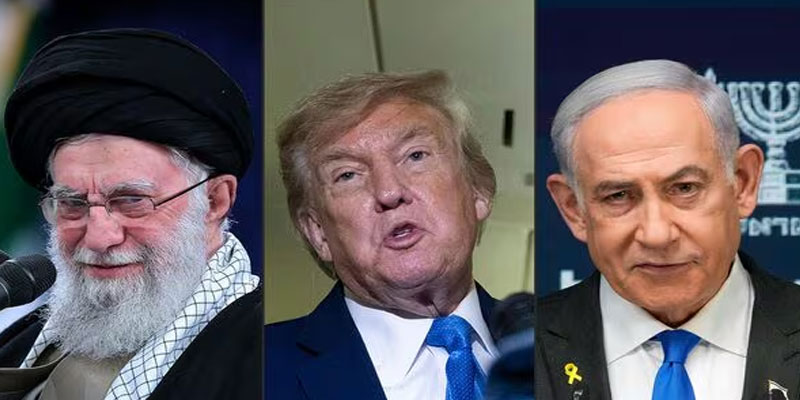A Ceasefire Amid Crisis
In a development that has startled the global community, a ceasefire agreement between Israel and Iran has reportedly come into effect following days of missile exchanges, airstrikes, and growing regional instability. The United States, under President Donald Trump’s leadership, played a central role in brokering the truce—though skepticism remains about its durability. The announcement follows a deadly Iranian missile attack that killed three in Israel and retaliatory Israeli airstrikes targeting western Iran. While U.S. officials and Iranian state media have confirmed a cessation of hostilities, Israel has yet to issue an official confirmation, leaving the international community in a cautious wait-and-see posture.
Trump Announces Ceasefire: A Diplomatic Pivot
U.S. President Donald Trump, using his Truth Social platform, declared the Israel-Iran ceasefire “now in effect,” asserting that both nations had approached him seeking peace. This declaration came after days of intensified military engagements, including Iranian missile attacks and Israeli airstrikes on military installations in Iran. Trump emphasized the importance of restraint and warned both nations against violating the agreement. His announcement coincided with his departure for the NATO summit in The Hague, where the Middle East crisis has since eclipsed planned discussions on defense spending and alliance cohesion.
The Timeline of Escalation
The most recent hostilities began with multiple waves of missile strikes by Iran targeting southern Israeli cities, notably Beersheba. The barrage prompted widespread evacuations and temporarily shut down Israeli airspace. In response, the Israeli Air Force launched its first direct strikes on Iranian soil since the U.S. destroyed Iranian nuclear facilities. These strikes reportedly hit missile sites and Iranian personnel in western Iran.
Meanwhile, the conflict spilled into Iraq, where unidentified drones attacked radar systems at two military bases—Taji in the north and Imam Ali in the south—raising concerns about the involvement of proxy forces and further destabilization of the region.
Conflicting Narratives and Ceasefire Confirmation
While Iranian state-run outlets acknowledged a “ceasefire for now,” suggesting an informal and temporary truce, official Israeli confirmation remains absent. Israel’s Channel 12 first reported the truce, citing anonymous military sources. However, Prime Minister Benjamin Netanyahu’s government has maintained silence, which many analysts interpret as a tactical move amid ongoing military operations and intelligence evaluations.
Iran claimed that its last missile was launched before the ceasefire was formally enacted, a statement aimed at preserving its narrative of compliance. On the other hand, President Trump has taken full credit for brokering peace, portraying himself as a central figure in averting further escalation.
International Repercussions and NATO Summit Disruption
The NATO summit in The Hague was expected to focus on defense budgets and unity in Europe. Instead, Trump's dramatic ceasefire announcement redirected attention toward the Middle East. Protests erupted outside the summit venue, with demonstrators demanding greater accountability and a long-term solution to what they called "chronic American militarization" of regional diplomacy.
NATO Secretary-General Mark Rutte declined to comment on the ceasefire, a silence that underscores the alliance's discomfort with the unilateral U.S. approach and the potential for renewed conflict.
A Pause, not a Resolution
While the ceasefire between Israel and Iran marks a temporary halt to active combat, it remains a fragile and unverified agreement shadowed by skepticism and unresolved tensions. The lack of formal confirmation from Israel, coupled with Iran's ambiguous language and continued regional hostilities—including drone strikes in Iraq—raises questions about the truce's viability.
President Trump has cast himself as a peacemaker, but whether this ceasefire leads to sustainable diplomacy or merely delays another round of violence is yet to be seen. For now, the world watches cautiously as two of the Middle East’s most powerful adversaries test the limits of this uneasy peace.
(With agency inputs)



















